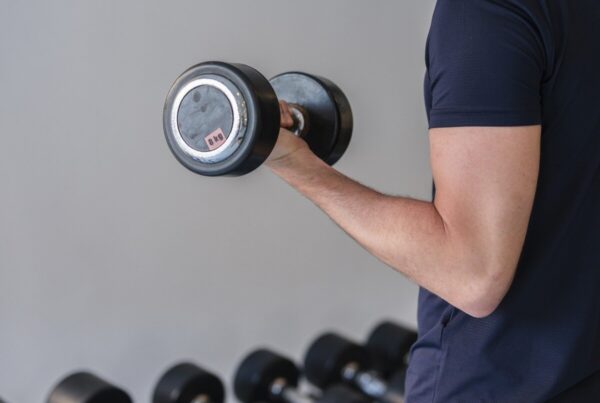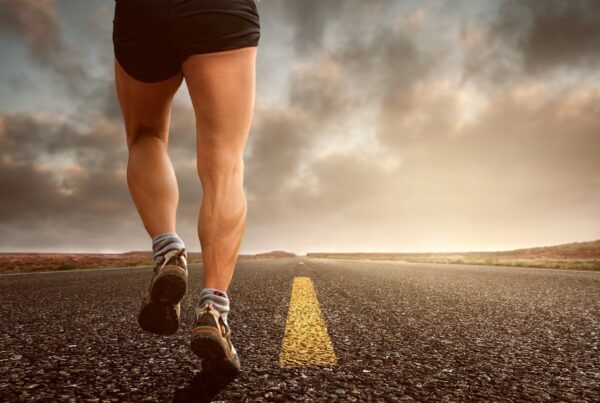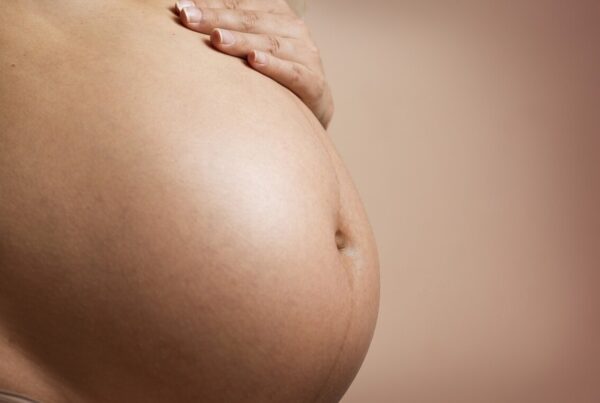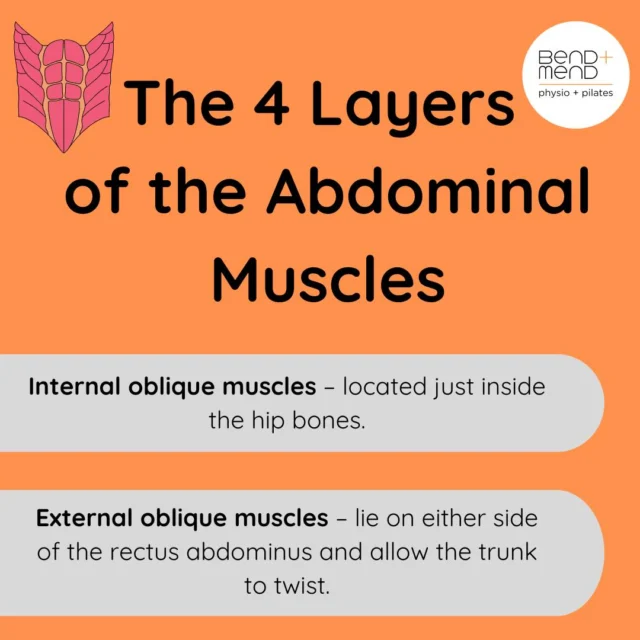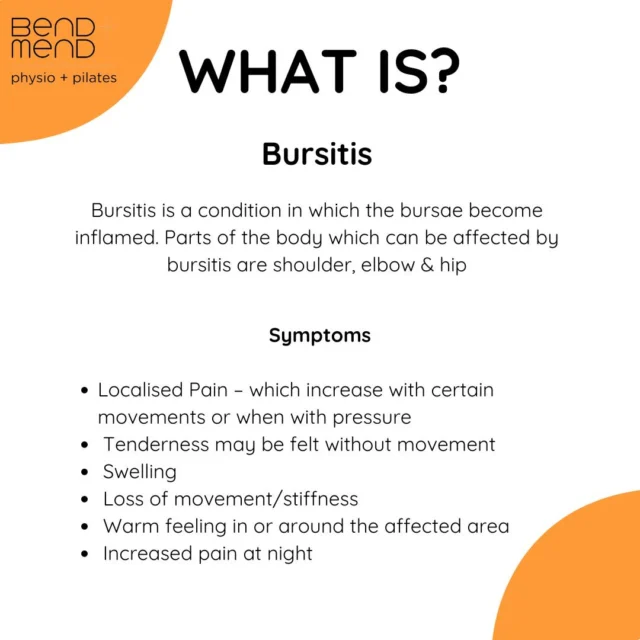Osteitis pubis is inflammation in the joint between your left and right pubic bones (your pubic symphysis). It causes pain and swelling in your groin or lower abdomen.
Osteitis pubis is a symphysis pubis dysfunction that’s usually caused by repetitively use of your hips, pelvis, and groin. It’s most common in athletes. Athletes that develop osteitis pubis typically participate in sports producing twisting/shearing forces about the pelvis such as football, rugby, ice-hockey, and American football. People who are currently pregnant, have recently experienced the birth of a child or have had surgery on or near their abdomen sometimes develop osteitis pubis too.
What are the causes of osteitis pubis?
There are several factors that could increase a person’s risk of developing osteitis pubis. These include:
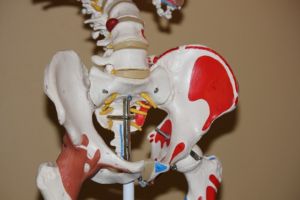 Muscular imbalances in the hip region, and, in particular, weakness of the core muscles, gluteals and adductors.
Muscular imbalances in the hip region, and, in particular, weakness of the core muscles, gluteals and adductors.- Overactivity or tightness of the hip flexors, hamstrings, or abdominal muscles.
- Biomechanical abnormalities, such as, flat feet, poor posture and/or poor walking or running mechanics.
- Exercising on hard or uneven surfaces
- Poor footwear choices or even that special pair of runners that have done their duty and need to be changed.
- Inadequate warm up and cool down.
- Rapid increase in training intensity, duration or frequency.
- Beginning an exercise program after a lay off.
- Pre-existing history: insufficient rehabilitation following a groin muscle (adductor) injury.
- Leg length differences.
What are the symptoms of osteitis pubis?
The most common symptom of osteitis pubis is pain at the front of the pelvis. The pain is often central, although it can be worse on one side than the other. It can also radiate down one thigh or into the groin. Common complaints include the following:
- Groin pain or lower abdomen pain (constant dull pain or an aching throb when you’re moving).
- Pain in your thigh adductor muscles (inner thigh muscles).
- Pain occurring with walking, climbing stairs, coughing, or sneezing.
- Pain is exacerbated by activities such as running, pivoting on one leg, kicking, or pushing off to change direction, as well as by lying on the side.
- A sensation of clicking or popping upon rising from a seated position or turning over in bed.
Physiotherapy treatment osteitis pubis:
Physiotherapy treatment for osteitis pubis should be commenced as early as possible and is aimed at reducing pain symptoms and inflammation, correcting any underlying abnormalities, and achieving a gradual return to full activities. Treatment can assist in ensuring a faster recovery and the best outcome. This may include:
- Rest from aggravating activities
- Manual techniques including massage, dry needling, and joint mobilisation to restore range of motion in the hip, lower back, and sacral joints.
- Development and progression of a home exercise program aimed at improving core stability, strengthening weak muscles (particularly hip adductors and gluteals) and stretching tight muscles.
- Correction of underlying biomechanical abnormalities.
- Education and advice regarding activity modification, gradual return to activity when appropriate and correction of technique.
A gradual return to sport and slow progression is essential in avoiding further overload and recurrence of injury. Premature return to sport is the most common reason for poor long-term outcome.
If you are suffering from sharp aches or pains in the pelvis, book in for an appointment with one of our experienced Physiotherapists at Bend + Mend.
